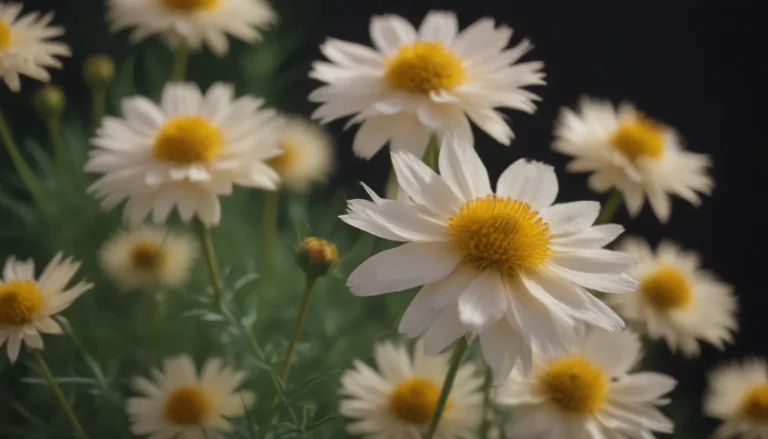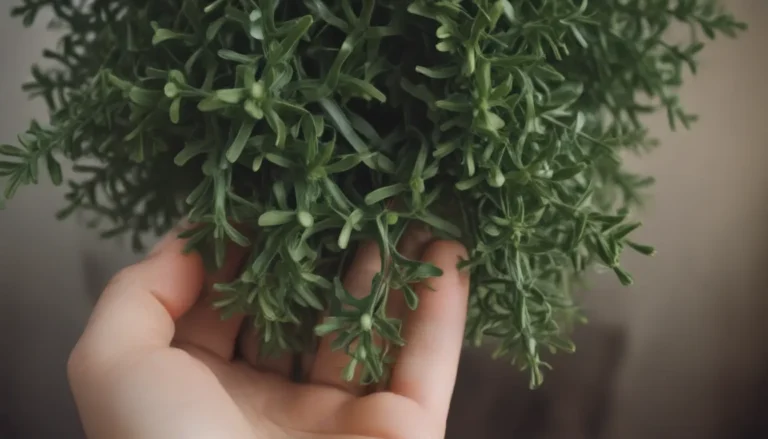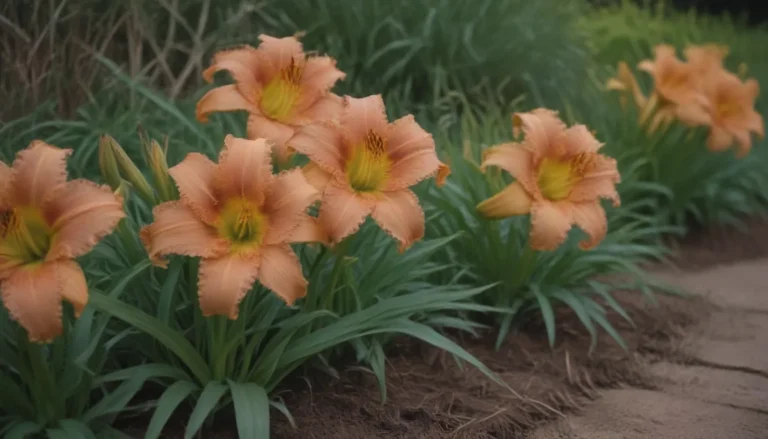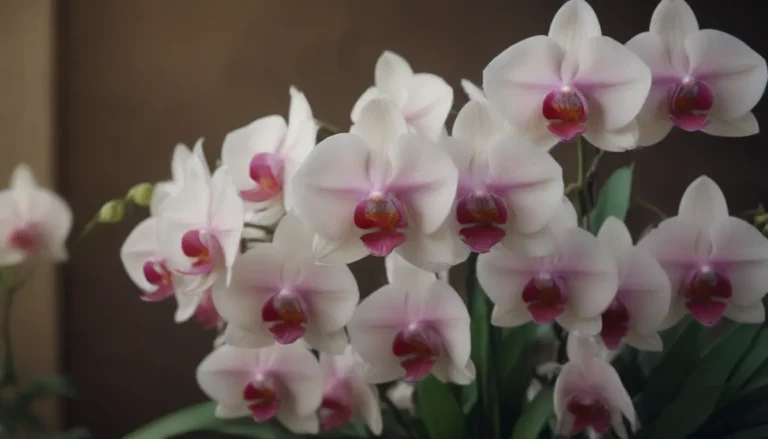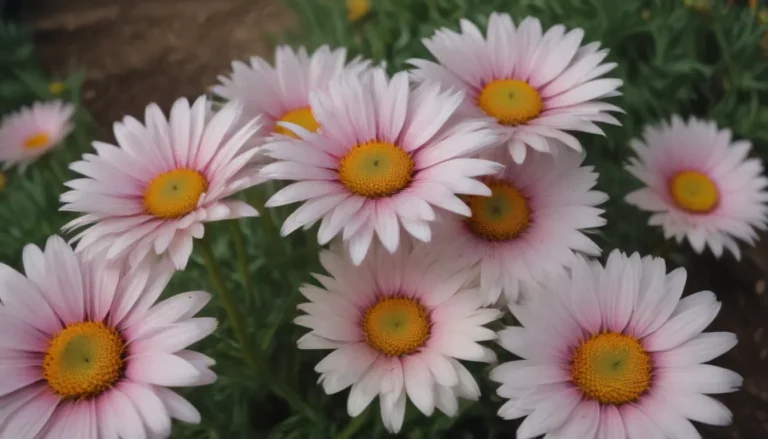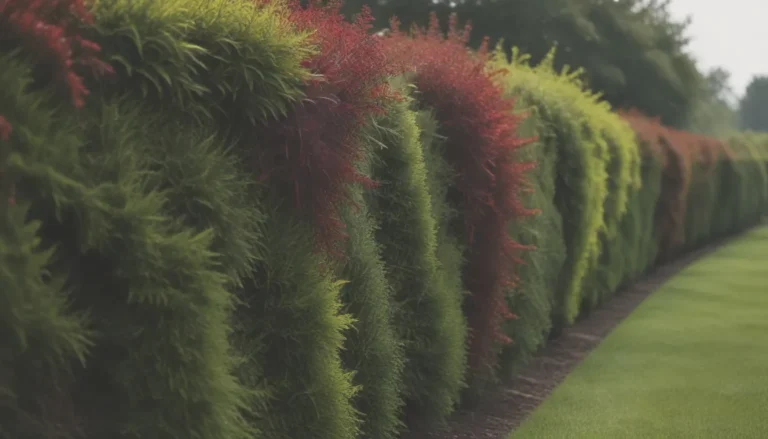Crystal Anthurium: A Complete Guide to Growing and Caring for Your Plant
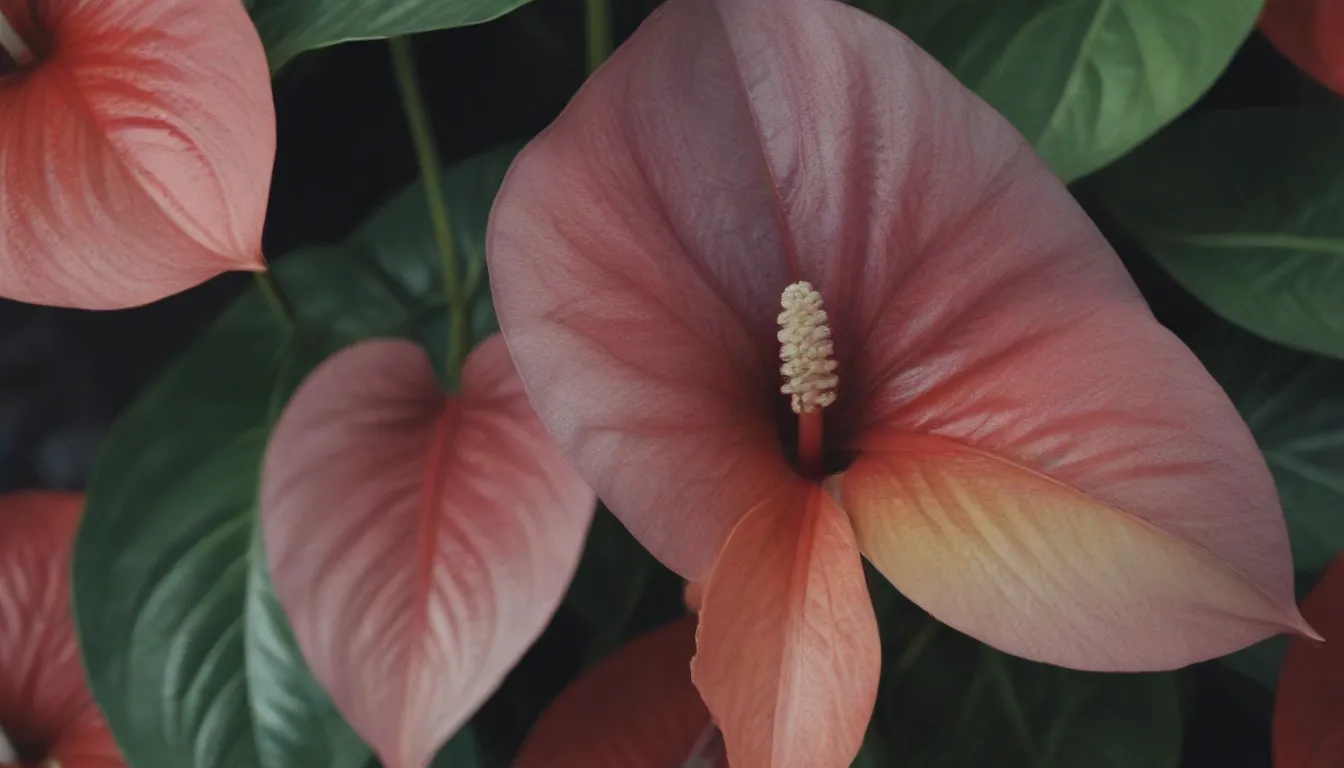
Are you looking to add a touch of tropical elegance to your indoor space? Crystal anthurium, also known as Anthurium crystallinum, is the perfect choice with its large, heart-shaped leaves and striking silvery-white venation. In this comprehensive guide, we will cover everything you need to know to ensure your crystal anthurium thrives and flourishes in your home.
Introduction to Crystal Anthurium
Anthurium crystallinum is a species of aroid plant that is highly sought after for its unique appearance. This hard-to-come-by plant features velvety, deep green foliage that can grow up to 18 inches in length. Its striking pale green or silvery-white veining adds to its charm, making it a favorite among plant enthusiasts.
Crystal anthurium, like other Anthurium species, is toxic to both people and pets. So, it’s essential to handle it with care and keep it away from curious animals and children.
Crystal Anthurium Care
Taking care of a crystal anthurium plant can be somewhat high-maintenance, but with the right knowledge and attention, you can enjoy a healthy and thriving plant in your home. Here are the main care requirements for growing a crystal anthurium:
Light
Proper lighting is crucial for the health and growth of your crystal anthurium. These plants thrive in bright, indirect light, mimicking their natural habitat under a rainforest canopy.Too much direct sunlight can damage the delicate foliage, while too little light can hinder growth and veining patterns. An east-facing window is ideal, but if you have a south-facing window, consider using a sheer curtain to filter out some of the light. Grow lights can also be a good investment for north-facing rooms.
Soil
Choosing the right soil mix is essential for the well-being of your crystal anthurium. Avoid using generic potting soil and opt for an airy and well-draining mix instead. A blend of potting soil, perlite, and peat moss (or coconut coir) can help promote consistent moisture levels and ensure proper oxygenation for the roots. Alternatively, high-quality orchid soil with added gravel and perlite can also work well for your plant.
Water
While crystal anthurium plants appreciate consistent moisture, overwatering can lead to root rot and other issues. Allow the top few inches of the potting mix to dry out before watering again. Instead of sticking to a strict schedule, check the soil’s moisture levels by inserting your finger into it. Avoid getting water on the large leaves, as wet foliage can attract pests and cause fungal diseases.
Temperature and Humidity
Crystal anthurium plants thrive in warm, humid environments, reflecting their tropical origins. Ideally, humidity levels should be above 50%, with the healthiest foliage seen at levels above 70%. Grouping plants together or using a tray filled with water and pebbles can help increase humidity levels. In case your home’s environment is too dry, investing in a humidifier can be beneficial.
Maintaining temperatures between 75 and 85 degrees Fahrenheit is ideal for crystal anthurium, but the plant can survive in slightly cooler conditions as well. However, prolonged exposure to temperatures below 60 degrees Fahrenheit can be detrimental to its health.
Fertilizer
While crystal anthurium plants are not heavy feeders, providing them with a balanced fertilizer during the spring and summer growing seasons can promote lush, healthy foliage. Organic options like fish emulsion or diluted houseplant fertilizers can be beneficial. Be sure to follow the instructions on the fertilizer package and avoid over-fertilizing to prevent root scorch.
Pruning and Propagating Crystal Anthurium
Pruning
Pruning is not often necessary for crystal anthurium plants. However, in low-humidity conditions, you may notice leaves turning crispy or brown around the edges. In such cases, it’s safe to prune the affected leaves. Addressing the low humidity levels is crucial, as the issue will persist until the environment is improved.
Propagation
Propagating crystal anthurium can be done through division or stem cuttings. In spring or summer, you can follow these steps to propagate your plant and expand your collection:
Propagation by Division
Propagation by Stem Cutting
Potting and Repotting
Crystal anthurium plants are slow growers, which means you won’t need to repot them frequently. However, when you notice signs of root binding, it’s essential to move the plant to a slightly larger pot. Look for roots growing out of the bottom or surface of the soil as indications that repotting is necessary. Choose a pot with good drainage and breathable material like porous terracotta for optimal growth. Fresh, well-drained potting mix should be used during repotting, as the old soil may lack essential nutrients for the plant.
Dealing with Pests and Common Problems
Maintaining the right care conditions for your crystal anthurium can help prevent pests and diseases. However, it’s essential to be vigilant and watch out for common issues that may arise:
Common Pests
Look out for pests such as spider mites, aphids, and mealybugs, especially in conditions of overwatering and high humidity. If you notice any signs of infestation, treat your plant with insecticidal soap or neem oil promptly to prevent further damage.
Common Problems
Be on the lookout for signs of stress or nutrient deficiencies in your crystal anthurium plant. Here are some common problems you may encounter:
-
Yellowing Leaves: Excessive watering or direct sunlight exposure can cause the glossy green leaves to turn yellow. Adjust your watering schedule and lighting conditions accordingly.
-
Curling or Droopy Leaves: Inconsistent watering, excessive sun exposure, or cold drafts can lead to drooping, wilted, or curled leaves. Ensure your plant receives adequate water and is placed in a stable environment.
-
Brown Tips: Insufficient humidity or underwatering can result in brown tips or spots on the foliage. Direct sunlight can also cause browning. Address these issues promptly to prevent further damage to your plant.
Where to Find Crystal Anthurium
Crystal anthurium plants are popular among plant enthusiasts for their unique beauty. While they may not be readily available at local garden stores, you can purchase them from specialized online suppliers. Alternatively, if you have plant-loving friends, they may offer you a cutting from their specimen. Keep in mind that crystal anthurium plants can be grown hydroponically, although this method requires careful attention to ensure success.
In conclusion, crystal anthurium is a stunning plant that can add a touch of elegance to any indoor space. By providing it with the right care, including proper lighting, soil, water, temperature, and humidity, you can enjoy lush, healthy foliage and vibrant growth. Keep an eye out for pests and common problems, and address them promptly to ensure your crystal anthurium thrives for years to come. With patience and dedication, you can create a beautiful and thriving tropical oasis in your home with a crystal anthurium plant.
For more information on caring for crystal anthurium plants and other houseplants, you can visit resources such as the ASPCA Plant Guide and the North Carolina State Extension. Happy growing!
